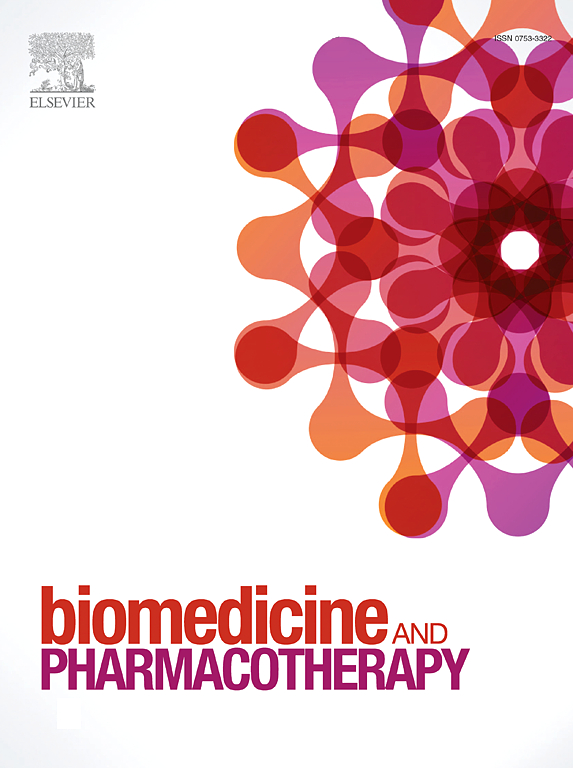The inhibitory effects of proteins secreted from trigonelline-treated renal cells on calcium oxalate crystals in vitro: Implications for kidney stone prevention
IF 6.9
2区 医学
Q1 MEDICINE, RESEARCH & EXPERIMENTAL
引用次数: 0
Abstract
Trigonelline is a bioactive alkaloid with therapeutic effects on various kidney diseases. Although previous studies have implicated its potential to prevent kidney stone disease (KSD), its anti-lithiatic mechanisms were poorly understood and thus addressed herein. Secretome (a set of secreted proteins) was collected and purified from MDCK renal cells treated with 100 µM trigonelline (termed “trigonelline-treated secretome”) to examine its effects on calcium oxalate (CaOx) crystals compared with that derived from untreated cells (termed “control secretome”). Trigonelline-treated secretome significantly reduced CaOx crystal size, number and abundance during initial crystallization, and also inhibited crystal growth, aggregation and adhesion to renal cells. Quantitative proteomics using nanoLC-ESI-Qq-TOF tandem mass spectrometry revealed 46 differentially secreted (11 decreased and 35 increased) proteins, mainly from extracellular compartments, in the trigonelline-treated secretome. While most of the identified proteins were acidic, significantly increased secreted proteins had an increased proportion of basic proteins, resulting in a slightly greater isoelectric point. In concordance, significantly increased secreted proteins had a greater proportion of positively charged amino acids as compared with significantly decreased secreted proteins. However, proportions of aromatic, polar, non-polar, and negatively charged amino acids were comparable. In summary, we report herein direct evidence of the inhibitory effects of trigonelline against CaOx crystallization, growth, aggregation and adhesion to renal cells via the altered secreted proteins that show some unique physicochemical properties when the increased secreted proteins were compared with the decreased compartments. These data may lead to a better understanding of mechanisms underlying the anti-lithiatic effects of trigonelline to prevent KSD.
求助全文
约1分钟内获得全文
求助全文
来源期刊
CiteScore
11.90
自引率
2.70%
发文量
1621
审稿时长
48 days
期刊介绍:
Biomedicine & Pharmacotherapy stands as a multidisciplinary journal, presenting a spectrum of original research reports, reviews, and communications in the realms of clinical and basic medicine, as well as pharmacology. The journal spans various fields, including Cancer, Nutriceutics, Neurodegenerative, Cardiac, and Infectious Diseases.

 求助内容:
求助内容: 应助结果提醒方式:
应助结果提醒方式:


